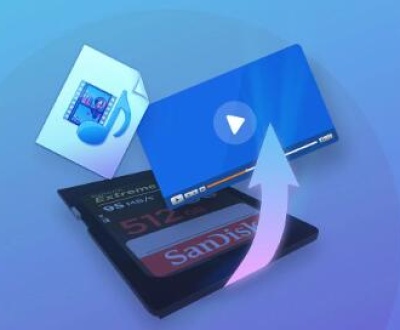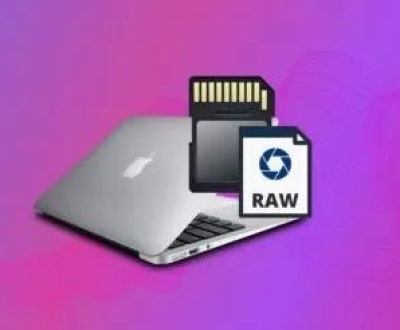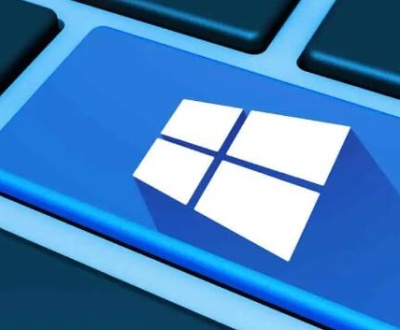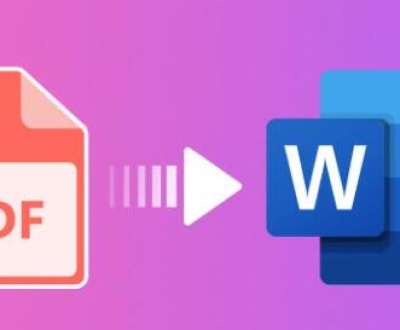Home security has evolved rapidly over the last decade, with Ring leading the charge in redefining how homeowners monitor and secure their properties. As more people turn to smart home devices like Ring cameras for peace of mind, one question continues to arise: how long does Ring store video footage?
Ring’s video storage policies is more than just a technical detail it plays a crucial role in how effective your camera system is at protecting your home. Whether you’re hoping to review an incident that happened earlier in the week, retrieve footage for a police report, or manage your data effectively, knowing how long your Ring camera stores videos is essential.

Ring Video Storage Basics
Ring cameras, including its video doorbells, indoor cameras, floodlight cameras, and stick-up cams, do not store video locally by default. Instead, they rely heavily on cloud storage to keep footage accessible through the Ring app.
When a motion is detected or someone rings your doorbell, the Ring camera records a short video clip, which is then uploaded to the cloud. This video is only accessible if you have a Ring Protect subscription plan.
Without a subscription, you can still receive real-time notifications and view live video feeds, but you won’t be able to save, replay, or share recorded video clips even if an event occurred.
This means the duration for which your Ring camera stores video is directly tied to your subscription level. Let’s break down the options.
Ring Protect Plans and Their Impact on Storage Time
Ring offers three primary subscription plans:
1. Ring Protect Basic
Applies to a single camera or doorbell.
Video Storage Duration: 180 days (default is 60 days, but can be extended in settings).
Features:
Video history and event recording for one device
Ability to save, download, and share video clips
Snapshot capture
This is ideal for homeowners with one Ring device who still want access to historical footage.
2. Ring Protect Plus
Covers all Ring devices at one location.
Video Storage Duration: 180 days per device (can be changed to a shorter duration).
Features:
Same features as Basic, but supports unlimited devices at one address
Extended warranties for Ring devices
10% discount on select Ring products on Amazon and Ring.com
3. Ring Protect Pro
Designed for users who want more advanced monitoring.
Video Storage Duration: 180 days
Features:
All Plus features
24/7 professional monitoring for Ring Alarm systems
Backup internet with Ring Alarm Pro and eero Wi-Fi systems
Local video storage via Ring Edge (if using Ring Alarm Pro and compatible hardware)
All three plans offer up to 180 days of video history, depending on how users configure their settings.
How to Customize Storage Duration
Although 180 days is the maximum duration Ring will retain video, users can adjust this in the settings to better suit their needs or preferences.
To customize storage duration:
Open the Ring App
Tap on Control Center
Go to Video Management
Select Video Storage Time
Choose a duration: options range from 1 day to 180 days
Reasons you might want a shorter duration include:
Limiting storage of irrelevant footage
Improving privacy and data control
Reducing overall data stored in the cloud
Ring’s Storage Policy by Region
It’s important to note that the default video storage duration varies by country. While 60 days is standard in the United States, other regions like the United Kingdom or parts of Europe may have a shorter default, such as 30 days. However, users can still manually extend storage time up to the maximum allowed (180 days), regardless of location.
What Happens After the Storage Period?
Once your selected storage duration (e.g., 30. 60. or 180 days) expires, Ring automatically deletes the videos. This deletion is irreversible and permanent, meaning that you cannot recover videos once they’ve been purged from Ring’s servers—unless you’ve already downloaded them.
If you anticipate needing footage later for legal or personal reasons, it’s wise to download and save important clips locally before they expire.
Downloading and Saving Ring Videos
To ensure long-term access to critical footage:
Open the Ring app.
Go to the event history of the device.
Select the event or video you want to keep.
Tap the download icon.
The video will save to your phone’s storage or cloud drive, depending on your settings.
You can also log into your Ring account on a computer and download videos directly from the web dashboard, which is often easier for long-term archiving.
Using Ring Edge for Local Storage
Ring introduced Ring Edge to give users more control over their data. With the Ring Alarm Pro base station and a compatible microSD card, users can store video recordings locally, bypassing the cloud if preferred.
Benefits of Ring Edge:
Recordings are stored directly to your microSD card.
Offers more privacy and security for users concerned about cloud storage.
Still supports viewing and playback through the Ring app.
Limitations:
Only works with select cameras and hardware.
If the SD card is corrupted or lost, so is the footage.
No remote cloud backup unless manually transferred.
Ring Edge still enforces retention periods unless you actively manage the storage. If the card runs out of space, older videos are overwritten.
Event-Based vs. Continuous Recording
Another aspect of Ring’s storage timeline depends on the type of recording. Unlike some security systems, Ring does not offer 24/7 continuous video recording for most of its devices.
Instead, Ring uses:
Motion-Activated Recordings: Triggers only when activity is detected.
Live View Recording: If you manually access the live feed and choose to record.
This means your storage duration isn’t based on continuous footage, but rather a collection of short clips—each tied to a motion or doorbell event.
Managing Your Video History
To maintain control over your Ring video archive:
Regularly review your event history to delete unneeded footage.
Download important clips before they expire.
Use snapshot capture to create thumbnail previews between recordings.
Adjust motion zones and sensitivity to avoid excessive, irrelevant recordings that clutter storage.
These proactive steps help ensure you’re making the most of the available storage time without getting overwhelmed by data.
Ring Without a Subscription: What You Miss
If you don’t subscribe to any Ring Protect plan, your Ring device will:
Provide real-time notifications
Support live video feed access
Not store any video footage—not even temporarily
You will only be able to see what’s happening as it occurs. Once the event ends, the footage is gone. For any retrospective viewing, sharing, or storing of events, a subscription is mandatory.
Privacy and Security Concerns
Some users hesitate to use cloud storage due to privacy concerns. While Ring has implemented two-factor authentication, encryption, and routine security updates, storing video data on the cloud is not risk-free.
Tips for improved privacy:
Enable End-to-End Encryption (available on select devices)
Use strong, unique passwords
Frequently update your device firmware
Regularly clear unnecessary footage
Choosing shorter video retention times can also limit the amount of sensitive data stored on the cloud, reducing exposure.
Ring stands out for its long storage duration (180 days) but falls short in offering free cloud storage, which some competitors provide in limited formats.
FAQs About Ring Video Storage
Can I keep videos forever?
No. Videos are deleted after the selected retention period unless you download them manually to your own device or cloud drive.
Will my videos be deleted if I cancel my subscription?
Yes. If you cancel your Ring Protect subscription, all your cloud-stored videos will be deleted. It’s essential to download important footage before canceling.
Is there a storage limit for the number of videos?
There’s no hard cap on the number of video clips stored within your 180-day window. However, Ring may compress or limit clip sizes if data storage becomes excessive.
Can I get notified before my videos are deleted?
Ring doesn’t currently send automated alerts before footage is deleted, so it’s important to track your download deadlines manually.
Knowing how long Ring stores your video footage empowers you to make smarter decisions about your home security and digital privacy. With the maximum retention period of 180 days under a subscription, Ring offers a solid balance between convenience and control. But it also puts the responsibility on the user to manage, download, and protect their footage if they want to retain it longer.
About us and this blog
Panda Assistant is built on the latest data recovery algorithms, ensuring that no file is too damaged, too lost, or too corrupted to be recovered.
Request a free quote
We believe that data recovery shouldn’t be a daunting task. That’s why we’ve designed Panda Assistant to be as easy to use as it is powerful. With a few clicks, you can initiate a scan, preview recoverable files, and restore your data all within a matter of minutes.
Subscribe to our newsletter!
More from our blog
See all postsRecent Posts
- Retrieve deleted videos from sd card 2025-04-25
- How to retrieve damaged sd card? 2025-04-25
- Retrieve photos from sd card 2025-04-25

 Try lt Free
Try lt Free Recovery success rate of up to
Recovery success rate of up to









